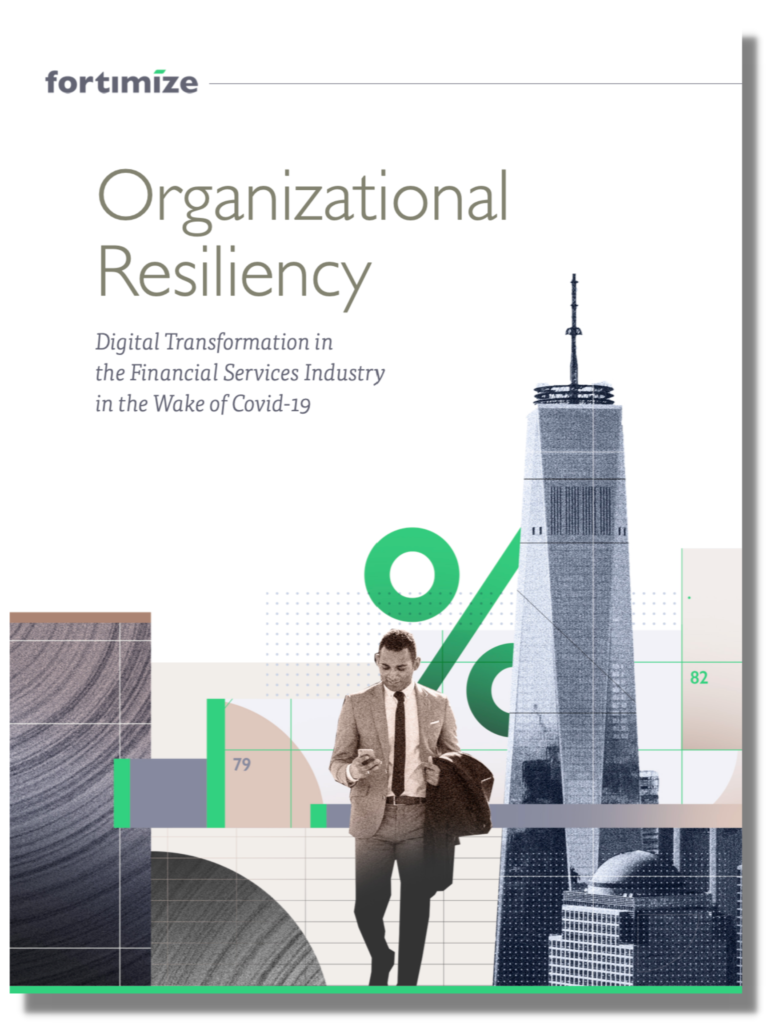Data-driven Success in Financial Services
Data is the heartbeat of informed decisions, the cornerstone upon which every successful organization is built. By embracing robust data collection and analysis today, your company can unlock the door to a future powered by intelligent decision-making, with artificial intelligence (AI) leading the charge.
To harness the true potential of your data, you need more than just numbers – you need a solid strategy. The strategy outlines the overarching goals and aspirations that an organization aims to achieve through its data initiatives. It provides a clear direction and purpose for how data will be leveraged to drive business value and achieve strategic objectives. Additionally, as data becomes an organizational asset and is more prevalent, a strong data strategy can also help businesses identify potential risks and uncover data breaches by understanding the types of data that are collected, where it is coming from, who has access to it, and how it is being stored.
Ready to pave the way for data-driven success? We’ve curated seven essential pillars to fortify your data strategy.
The Seven Pillars of a Data Strategy Explained
1. Business Objectives and Alignment
Identify your business challenges and establish data initiatives that will contribute directly to your organization’s success. Once alignment is established, define key performance indicators (KPIs) to measure performance. These KPIs could be things like customer satisfaction, customer engagement, and customer retention. Most importantly don’t forget about leading indicators that will support and inform the results, such as activity tracking for outreaches and meetings.
2. People Alignment
Your organization doesn’t become data-driven by simply acquiring and using technology. You need the right people–in the right positions–to ensure org-wide adoption of your technology and its associated processes. It’s also important to assess the skill sets of your team members and develop programs to upskill as needed.
3. Data Maturity Assessment
Conduct an audit of your existing data assets to better understand what data is available within your organization. This helps you identify data gaps that need to be addressed to better support your business objectives. This also informs the granularity of data that’s available to help build your KPIs.
4. Data Governance
The financial services industry is highly regulated with sensitive client, property, and financial data. Data governance policies are essential to maintain data integrity, security, and compliance with relevant regulations and standards (e.g. SOX, GLBA, PCI DSS, GDPR, CCPA). It also mitigates your risk associated with data breaches or non-compliance.
5. Technology Stack
Your organization likely uses a variety of data sources, which is highly dependent upon your industry sub-sector (e.g., Salesforce; ERPs like MRI and Yardi; core banking systems such as Fiserv and Jack Henry; insurance technology like Guidewire and Duck Creek; and third-party data, etc.). It’s important to select the right data and analytics tools to integrate data across existing applications, and ensure there’s alignment to your organization’s objectives and long-term vision. Tools like Snowflake, Azure SQL, Azure Data Factory, FiveTran, DBT, Informatica, Tableau, CRM Analytics, and Microsoft Power BI can be used to enable insights at scale for every sub-sector.
6.Proof of Concept (POC)
Digital transformation is not accomplished overnight. It’s often best to start with a small POC to validate the effectiveness of your proposed data and analytics strategies and provide insight into their feasibility and potential value. Start by providing the front-end user with the analytics data they need to support decision-making and work back to the data management before automating all of it. Based on the outcome, you can make adjustments before you scale initiatives across the platform and save on cost and efficiency gains.
7. Continuous Improvement
Encourage a culture of continuous improvement. Learning about data and analytics is vital for an organization’s long-term success. As data technologies, business needs, and markets evolve, your organization must remain adaptable and responsive to new opportunities and challenges.
Whether your organization is brand new to data strategy or you’ve taken the first few steps to gain alignment, our team of data and analytics experts is here to answer any questions you may have.
